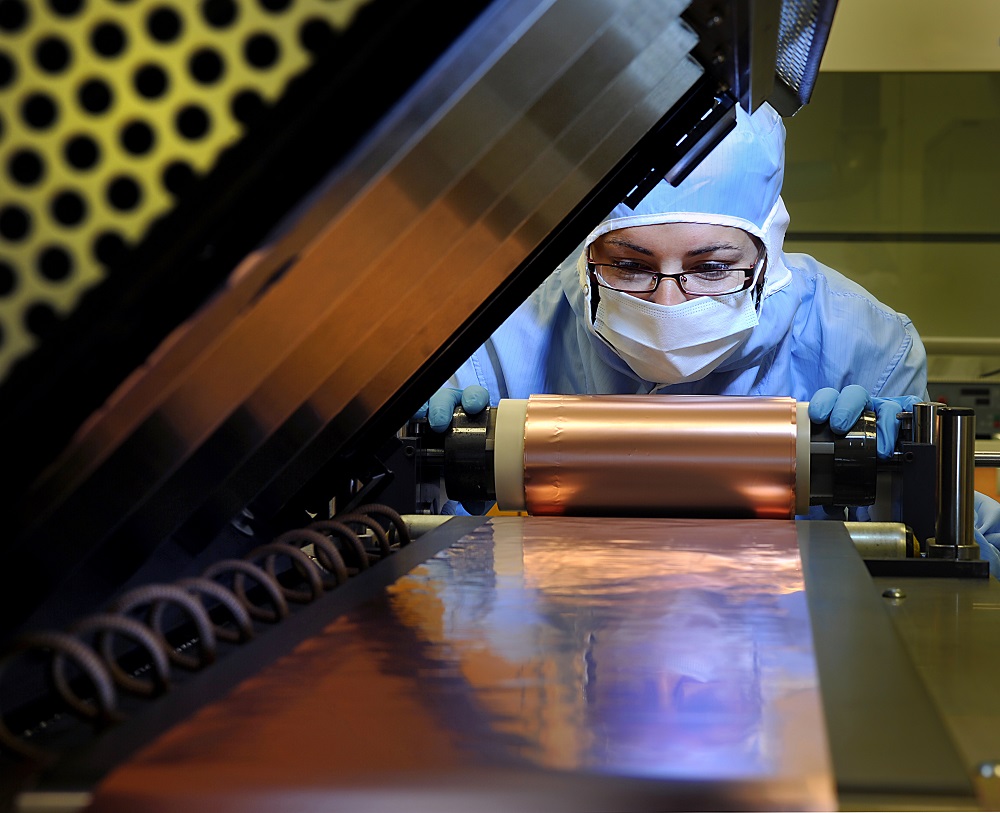For the eighth consecutive year, France retains its third place globally in the Top 100 Global Innovators list for 2018, published by Clarivate Analytics.
The CEA is the only research body among the seven French organizations ranked in the Top 100 Global Innovators by Clarivate. Alstom, Airbus, Safran, Saint-Gobain, Thalès and Total are also on the list. The CEA, Safran and Saint Gobain have been on the list continuously for the last eight years.
Three research bodies appear in the rankings: like last year, they are the CEA, the Fraunhofer Institute (Germany) and the Industrial Technology Research Institute (ITRI, Taiwan).
France retains its leadership position in Europe (7%) ahead of Germany (4%) and Switzerland (3%). In its analysis, Clarivate draws attention to an increase in the number of organizations involved in artificial intelligence (AI) and 5G telecommunications. Organizations with a 'significant number' of patents in AI make up 31% of the list. There has also been a sharp increase in the number of patents filed in relation to 5G, according to Clarivate.

To protect and capitalize on its technological developments, the CEA is one of the top filers of patents in France, with 704 applications published in 2018, according to the French National Institute for Industrial Property (INPI). Here, a negative electrode is being made by coating a copper conductor with graphite ink, for a lithium-ion battery for electric vehicles. (© Godart/CEA)
INNOVATION IN FIGURES AT THE CEA
► 704 patent applications filed in 2018 and a portfolio of around 6,700 patent families in force as at 31 December 2018.
► 7 startups created in 2018, making a total of 211 fledgling companies since 1972, with a survival rate of around 70% (and 90% after 5 years).
Innovation and technology transfer, one of the CEA's vocations
The CEA is active in four main areas: defence and security, nuclear and renewable energies, technological research for industry, and fundamental research in the physical sciences and life sciences. It currently has nearly 600 technology partnerships with industrial companies, from startups and SMEs to mid-sized companies and large groups.
Over many years, based on a firm foundation of scientific knowledge and expertise recognised the world over, the CEA has assembled a portfolio that currently contains more than 6,700 patent families in force in some of the most cutting edge sectors. It mainly applies for patents in applications related to microelectronics (semiconductors), new energy technologies (NET), instrumentation and health.
The innovation process is becoming more competitive, more concentrated and more globalized and is fostering the creation of technology-based companies and industries. As a consequence, businesses also need more reliable and more abundant IP assets if they are to remain internationally competitive. To support the creation of businesses based on its technologies, for more than 20 years the CEA has, in parallel, actively pursued a policy of assistance and support. Once again this year, seven 'deeptech' companies have been created, adding to a total of more than 200 companies.
Lastly, to support its startups at their creation and seed stages, the CEA has set up various finance vehicles through CEA Investissement and Supernova Invest, a fund management company established in 2017 with the company Amundi.
About the Clarivate Top 100 rankings The Clarivate Top 100 looks at all companies and research bodies that have filed at least 100 patents of invention in the last five years.The innovators are analysed according to four criteria: number of patents, success rate of patents (rate of issue of patents by patent offices), their international scope (patents applied for in the US, Japanese, European and Chinese patent offices) and their influence (number of times an original patent is cited in other patent applications).